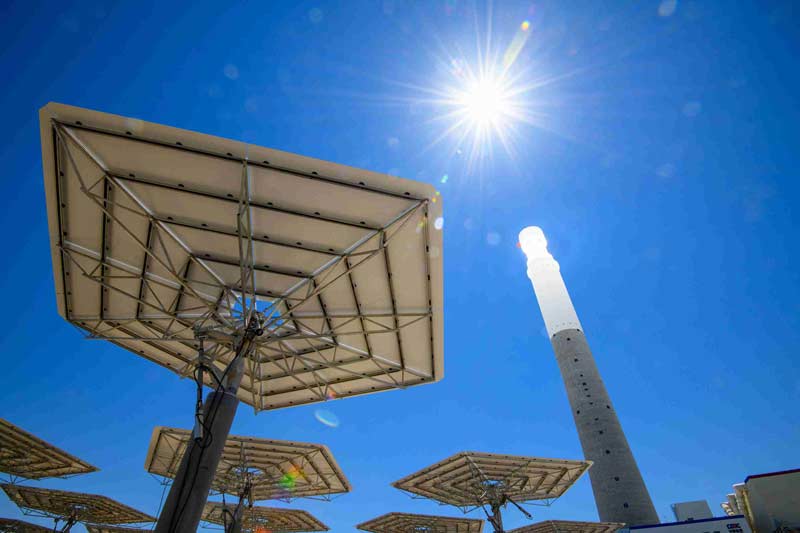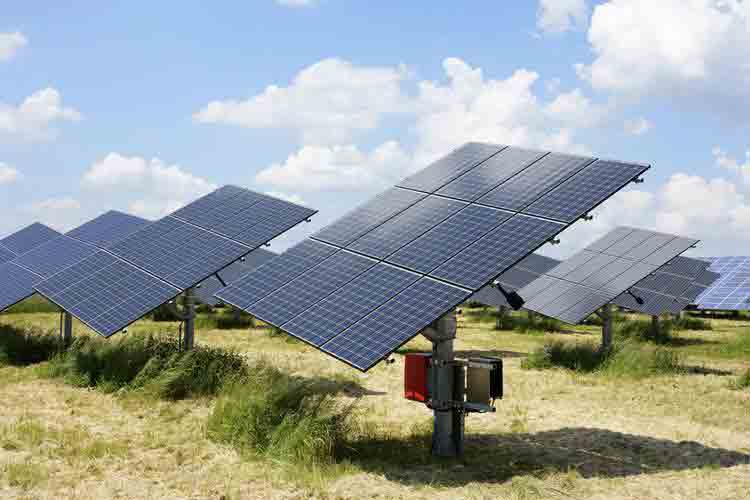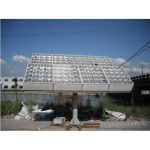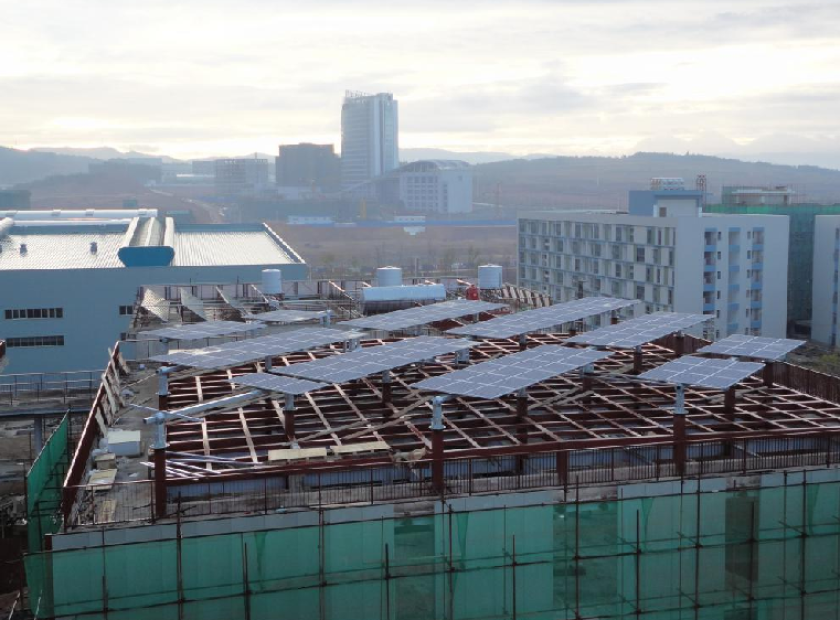
The Advantages of Implementing Solar Trackers in Farming OperationsIntroduction
The agricultural sector is increasingly adopting renewable energy solutions to reduce operational costs and promote environmental sustainability.Solar energy,with its abundant and clean nature,has become a popular choice among farmers.A key technology that enhances the effectiveness of solar energy systems in farming operations is the solar tracker.
Solar trackers are devices that automatically adjust the position of solar panels to follow the sun’s movement throughout the day.By ensuring that the panels are always angled towards the sun,solar trackers maximize the amount of solar energy captured.This technology is particularly beneficial for farming operations for several reasons:
• Increased Energy Yield:Solar trackers can significantly boost the energy output of solar panels.By optimizing the angle of incidence of sunlight,trackers can increase the electricity generation by up to 30%compared to fixed solar panels.This additional energy can be used to power farm equipment,irrigation systems,and other electrical needs.
• Cost Savings:While the initial investment in solar trackers may be higher,the increased energy production can lead to substantial savings over time.The additional energy generated can offset electricity costs,reducing the overall expense of operating a farm.
• Sustainable Farming Practices:The use of solar trackers aligns with sustainable farming practices by reducing reliance on non-renewable energy sources.This not only helps in lowering carbon emissions but also contributes to a greener environment.
• Versatility:Solar trackers can be adapted to various types of solar panels and can be installed in different terrains,making them suitable for diverse farming operations.Whether it’s a small family farm or a large agricultural enterprise,solar trackers can be tailored to fit the specific needs of the operation.
Consider a dairy farm that has implemented solar trackers as part of its renewable energy strategy.The farm installed a solar energy system with trackers to power its milking parlor,cooling systems,and other electrical appliances.The solar trackers ensure that the panels are always facing the sun,maximizing energy capture even during the winter months when the sun is lower in the sky.
The result was a significant reduction in electricity bills and a more reliable source of power.The farm also benefited from the additional energy generated,which was used to charge electric vehicles and power new technological advancements on the farm.
Despite the numerous benefits,there are challenges associated with implementing solar trackers in farming operations:
• Initial Cost:The upfront cost of solar trackers can be a barrier for some farmers,especially those with limited budgets.
• Maintenance:The mechanical components of solar trackers require regular maintenance to ensure optimal performance.This can add to the operational costs.
• Reliability:The reliability of the solar tracker system is crucial for uninterrupted energy production.Any malfunction can lead to a decrease in energy output.
Solar trackers offer a promising solution for farming operations looking to harness solar energy efficiently.By maximizing the capture of solar energy,these devices can lead to significant cost savings and support sustainable farming practices.As the technology advances and becomes more affordable,the adoption of solar trackers in agriculture is expected to grow,contributing to a more sustainable and energy-efficient future for farming.






